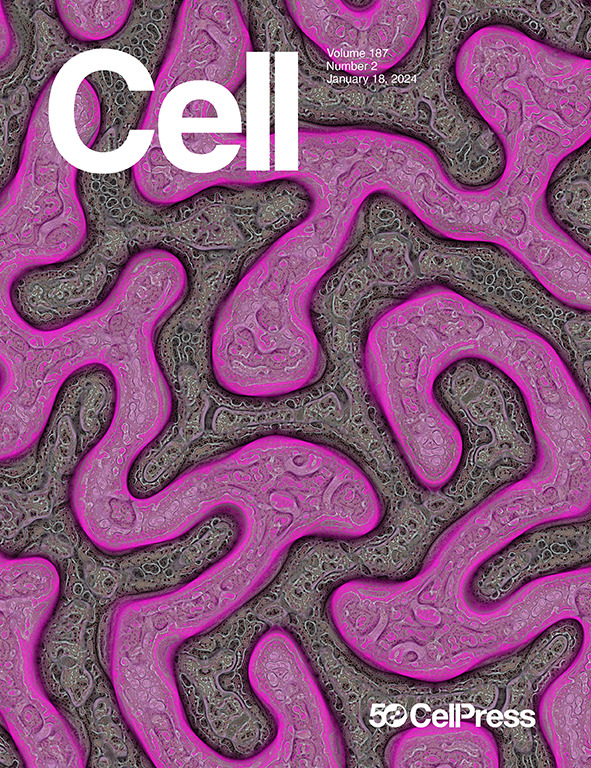A percolation phase transition controls complement protein coating of surfaces
IF 45.5
1区 生物学
Q1 BIOCHEMISTRY & MOLECULAR BIOLOGY
引用次数: 0
Abstract
When a material enters the body, it is immediately attacked by hundreds of proteins, organized into complex networks of binding interactions and reactions. How do such complex systems interact with a material, “deciding” whether to attack? We focus on the complement system of ∼40 blood proteins that bind microbes, nanoparticles, and medical devices, initiating inflammation. We show a sharp threshold for complement activation upon varying a fundamental material parameter, the surface density of potential complement attachment points. This sharp threshold manifests at scales spanning single nanoparticles to macroscale pathologies, shown here for diverse engineered and living materials. Computational models show these behaviors arise from a minimal subnetwork of complement, manifesting percolation-type critical transitions in the complement response. This criticality switch explains the “decision” of a complex signaling network to interact with a material.

渗透相变控制表面的补体蛋白涂层
当一种物质进入人体时,它会立即受到数百种蛋白质的攻击,这些蛋白质被组织成复杂的结合相互作用和反应网络。如此复杂的系统如何与材料相互作用,“决定”是否攻击?我们专注于补体系统的~ 40血液蛋白结合微生物,纳米颗粒和医疗设备,引发炎症。我们在改变一个基本的材料参数,即潜在的补体附着点的表面密度时,显示了补体激活的一个尖锐阈值。这个尖锐的阈值体现在从单个纳米粒子到宏观病理的尺度上,这里显示了不同的工程和生物材料。计算模型表明,这些行为源于补体的最小子网络,在补体响应中表现出渗透型关键转变。这种临界切换解释了复杂信号网络与材料相互作用的“决定”。
本文章由计算机程序翻译,如有差异,请以英文原文为准。
求助全文
约1分钟内获得全文
求助全文
来源期刊

Cell
生物-生化与分子生物学
CiteScore
110.00
自引率
0.80%
发文量
396
审稿时长
2 months
期刊介绍:
Cells is an international, peer-reviewed, open access journal that focuses on cell biology, molecular biology, and biophysics. It is affiliated with several societies, including the Spanish Society for Biochemistry and Molecular Biology (SEBBM), Nordic Autophagy Society (NAS), Spanish Society of Hematology and Hemotherapy (SEHH), and Society for Regenerative Medicine (Russian Federation) (RPO).
The journal publishes research findings of significant importance in various areas of experimental biology, such as cell biology, molecular biology, neuroscience, immunology, virology, microbiology, cancer, human genetics, systems biology, signaling, and disease mechanisms and therapeutics. The primary criterion for considering papers is whether the results contribute to significant conceptual advances or raise thought-provoking questions and hypotheses related to interesting and important biological inquiries.
In addition to primary research articles presented in four formats, Cells also features review and opinion articles in its "leading edge" section, discussing recent research advancements and topics of interest to its wide readership.
 求助内容:
求助内容: 应助结果提醒方式:
应助结果提醒方式:


